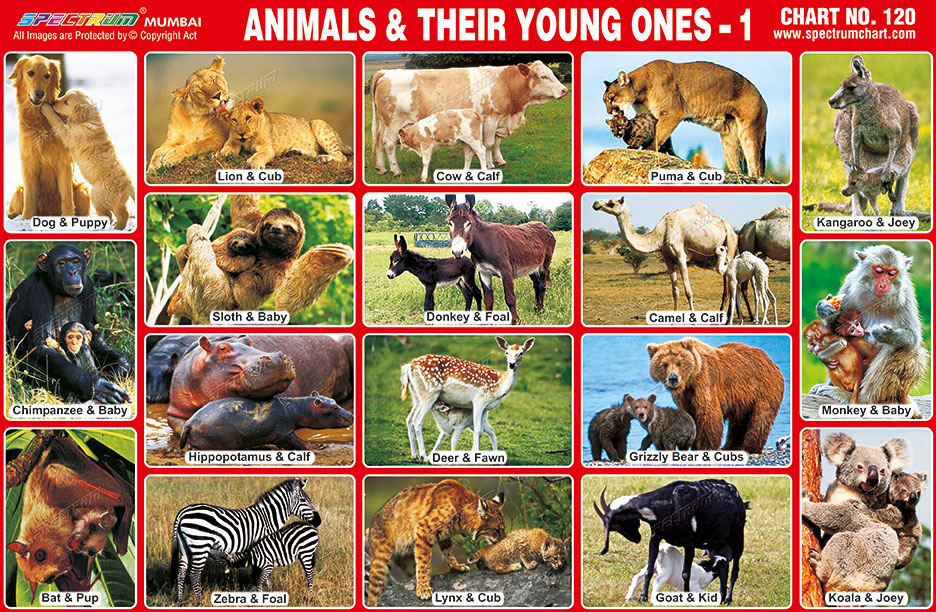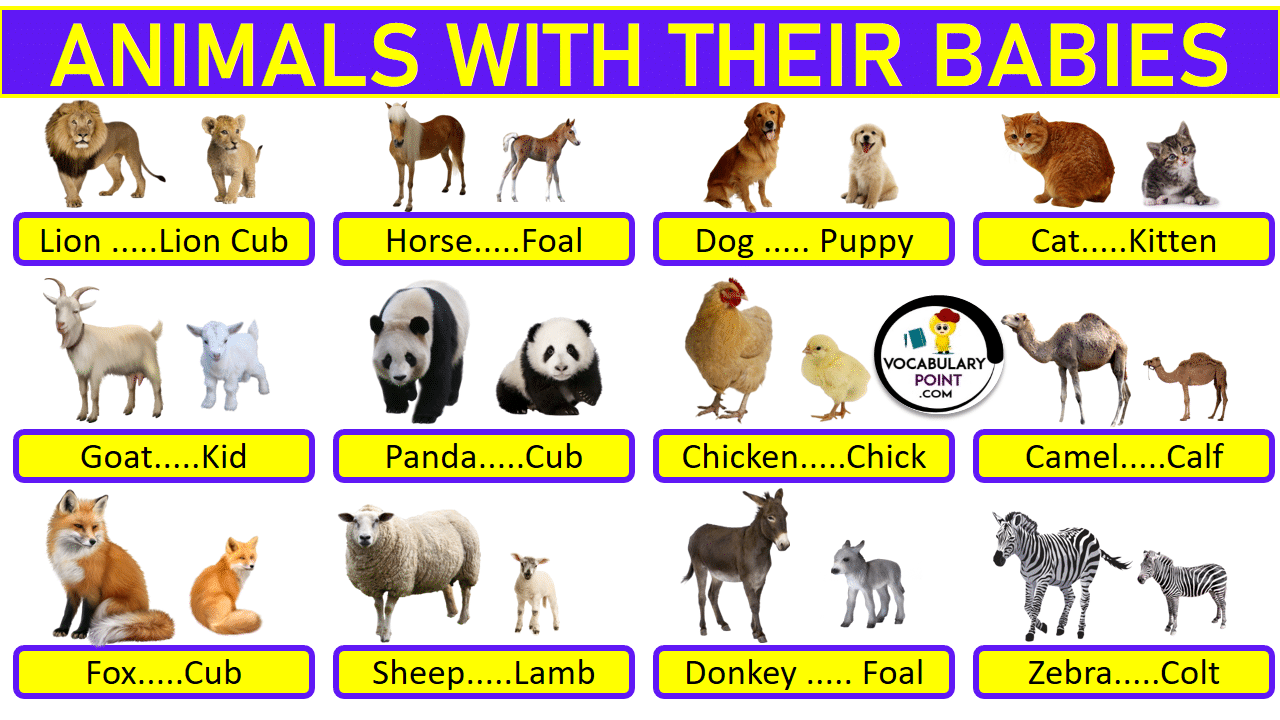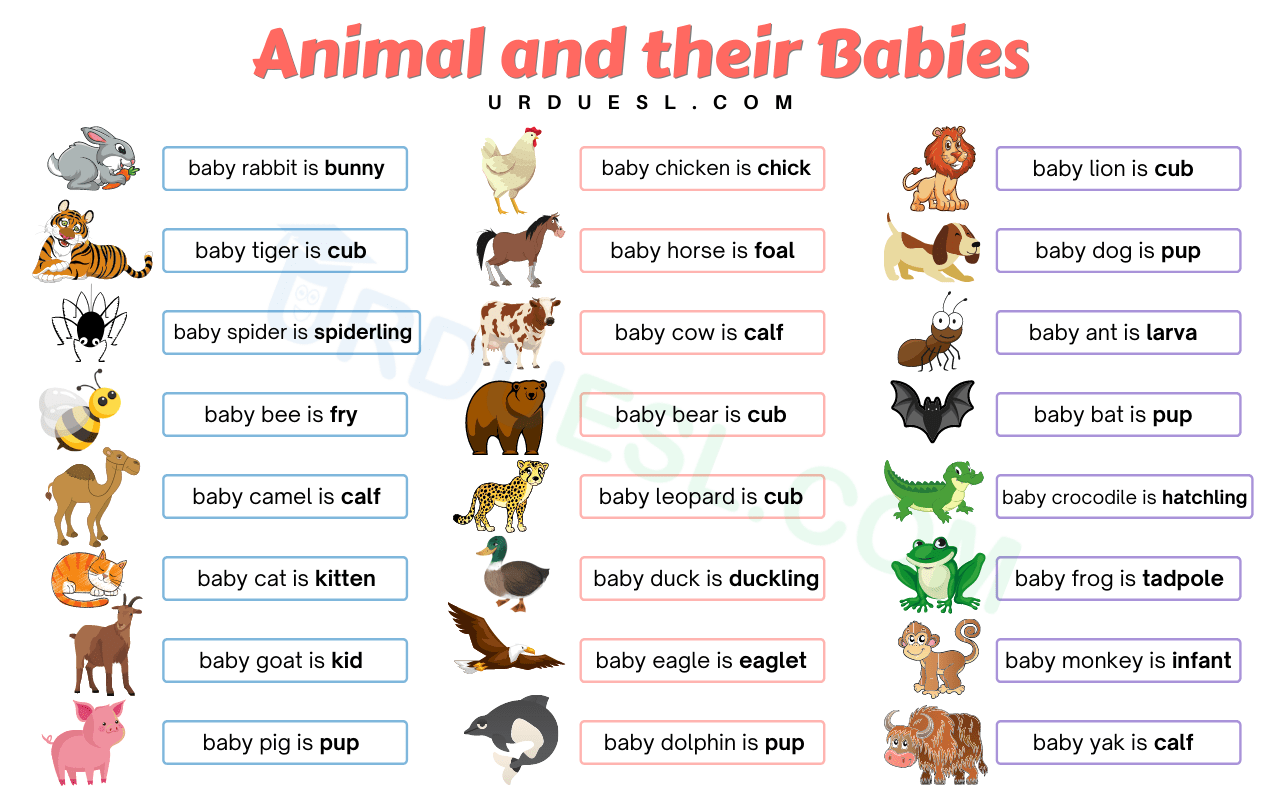The bond between animals and their young ones is a captivating aspect of nature that showcases the beauty of life and the instinctual behaviors that ensure survival. From the moment they are born, young animals rely on their parents for nourishment, protection, and guidance. This intricate relationship not only helps them grow and thrive but also plays a vital role in the ecosystem. Understanding the dynamics of these relationships can provide insights into the various strategies animals employ to ensure the continued success of their species.
Throughout the animal kingdom, different species exhibit a wide array of parenting styles, nurturing behaviors, and developmental milestones. Some animals are known for their fierce protection of their offspring, while others adopt a more hands-off approach, allowing their young ones to fend for themselves. By exploring the diverse ways in which animals care for their young, we can gain a greater appreciation for the complexities of life on Earth.
Additionally, the study of animals and their young ones helps us understand the impact of environmental factors on survival rates and population dynamics. As habitats change due to human activity and climate change, it becomes increasingly important to observe and learn about these relationships. The survival of many species depends on the health of their young, making it crucial to recognize the importance of nurturing in the animal kingdom.
**Why Do Animals Care for Their Young Ones?**
Animal parenting is driven by a combination of instinctual behavior and evolutionary advantages. Most species exhibit parental care to ensure that their young survive to adulthood. Here are a few reasons why animals invest time and energy into nurturing their young:
- Survival of the fittest: By caring for their young, animals increase the chances of their offspring surviving to reproductive age.
- Genetic legacy: Parents pass on their genes to the next generation, ensuring the continuation of their species.
- Learning and adaptation: Young animals learn essential skills from their parents that help them navigate their environment.
**What Are Some Common Parenting Styles Among Animals?**
Parenting styles among different animal species can vary significantly. Here are a few prominent examples:
- Monogamous pairs: In species like swans and wolves, both parents work together to rear their young, providing a stable environment.
- Single-parenting: Many animals, such as certain bird species, have one parent that takes on the responsibility of raising the young.
- Fostering: Some species, like elephants, have been known to adopt orphaned young and care for them as their own.
**How Do Different Animals Nurture Their Young?**
Animals employ various methods to nurture and protect their young, influenced by their environment and evolutionary history. Here are some common practices:
- Feeding: Mothers provide milk or food to their offspring, ensuring they receive the necessary nutrients for growth.
- Sheltering: Many animals build nests or dens to protect their young from predators and harsh weather conditions.
- Teaching: Parents often teach their young crucial survival skills, such as hunting or foraging.
**What Are Some Fascinating Examples of Animal Parenting?**
Numerous species exhibit unique and fascinating parenting behaviors that highlight the diversity of the animal kingdom. Below are some notable examples:
- Penguins: Emperor penguins take turns incubating their eggs and feeding their chicks, showcasing teamwork and dedication.
- Lions: Lionesses often work together to raise their cubs, providing protection and sharing hunting responsibilities.
- Elephants: Female elephants form strong bonds with their calves and are known to exhibit empathy and nurturing behaviors.
**How Do Environmental Factors Impact Animal Parenting?**
Environmental conditions play a significant role in determining how animals care for their young. Factors such as habitat availability, food resources, and climate can influence parenting strategies:
- Food availability: In areas where food is scarce, animals may have fewer young or invest more time in raising each one.
- Habitat destruction: Loss of habitat can lead to increased mortality rates among young animals, as they may struggle to find shelter and food.
- Climate change: Changing weather patterns can disrupt breeding cycles and impact the timing of parental care.
**What Can We Learn from Animals and Their Young Ones?**
Studying the relationships between animals and their young provides valuable insights into the complexities of life and the importance of nurturing. Here are some key takeaways:
- Interconnectedness: The survival of young animals is often linked to the health of their environment and the behaviors of their parents.
- Adaptation: Animals demonstrate remarkable adaptability in their parenting styles, allowing them to thrive in various conditions.
- Conservation: Understanding these relationships can inform conservation efforts aimed at protecting vulnerable species and their habitats.
**Conclusion: The Importance of Understanding Animals and Their Young Ones**
In conclusion, the study of animals and their young ones reveals the intricate bonds that exist within the animal kingdom. From the nurturing behaviors of parents to the challenges faced by young animals, each aspect contributes to the overall understanding of life on Earth. As we continue to explore these relationships, we strengthen our commitment to preserving the diverse species that share our planet, ensuring their survival for generations to come.


